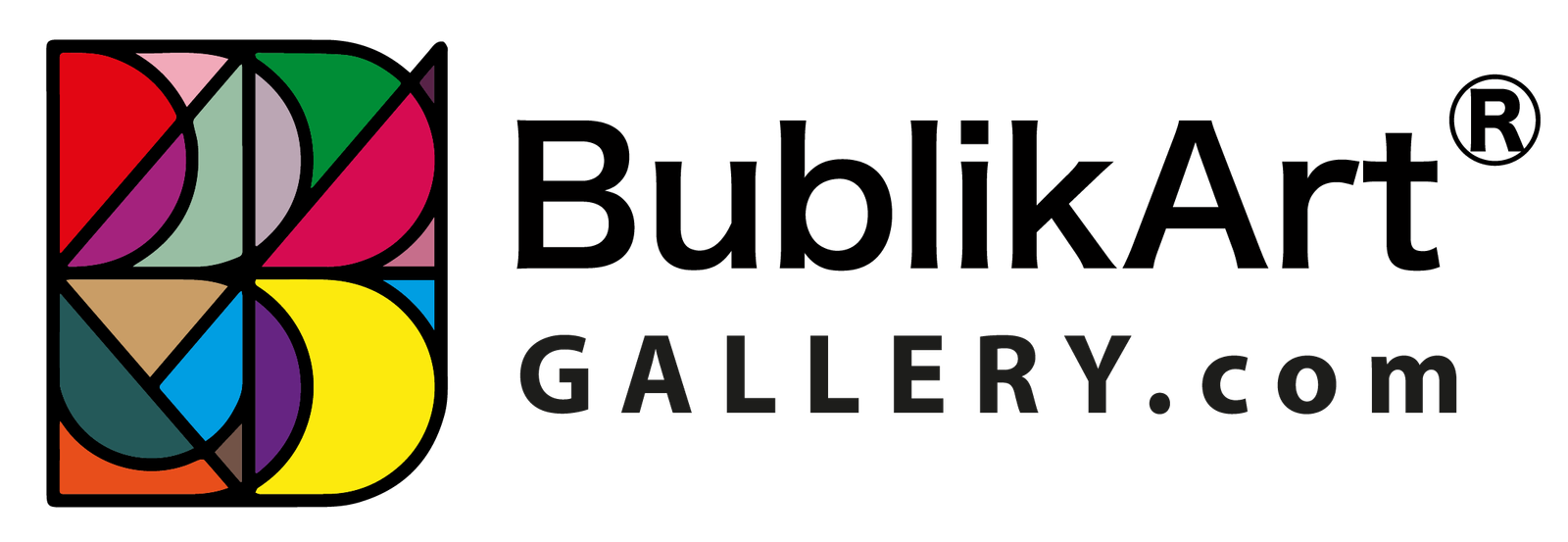Khaled Sabsabi, who was a child when he and his family sheltered from bombs and snipers during the Lebanese civil war, will represent Australia at the 2026 Venice Biennale.
The announcement was made earlier today by Creative Australia chief executive officer Adrian Collette at Parramatta Artists Studios in Granville—a tough suburb when Sabsabi grew up there, and where his parents ran a video store.
“The video shop and music business that they had specialised in Arabic music, and they had an extensive collection and this formed partly my experience of who I am,” Sabsabi said at the announcement.
While Tripoli-born Sabsabi was able to live in peace after his family migrated to Sydney in 1976, the artist said he still has family connections to the current horror being enacted in the Middle East. His family includes some Palestinian people, although they live in either Lebanon or Australia, not in Gaza.
Asked if the dire situation in Gaza had consciously or unconsciously seeped into the work he plans for Venice, Sabsabi said: “We have tough skin, but you do get bruised. How can you not be affected when you have family, when you have friends, when your family has inter-married with Palestinian people? We need a way forward.”
Sabsabi’s Venice project is strictly under wraps, but he has hinted that it will be “an inclusive place”. The artist said: “It’s a place to bring people together. I like to use the word ‘nurturing’. Looking at my art-making DNA you can see that it will most probably consist of multimedia.”
Sabsabi’s concepts have often manifested through screen-based multimedia, exploring the idea of repetition as a form of meditation. He started out as a hip-hop musician in the 1970s and 80s, during a time of intense racism in western Sydney.
“At that time we really believed that hip-hop subculture was an opportunity to work outside and view the world through an alternative lens where it didn’t matter what race you were,” the artist said.
Sabsabi’s curator for Venice is Michael Dagostino, who also came up through the ranks of the multicultural western Sydney arts scene, and is now director of Sydney University’s Chau Chak Wing Museum. He was previously director of Campbelltown Arts Centre, and a champion of the arts of western Sydney’s diverse cultures.




